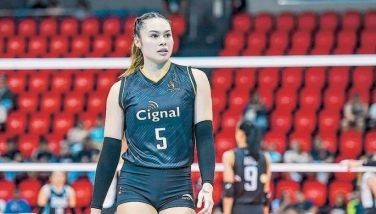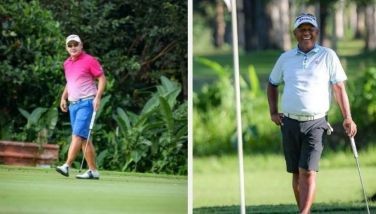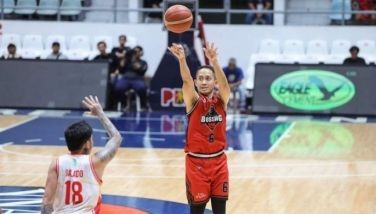It has to be done
Bubbles are popping up (pardon the pun) all over the place. The new standard of training and competition has become a painful necessity for each sport to survive and return to the level that it was functioning at. After the Calamba and New Clark City bubbles for national athletes, Ormoc City through Mayor Richard Gomez announced that fencing would likely train its athletes there. This trend will likely continue. What is important for athletes is not where they are training, but the conditions, companions and coaches they are training with. There are some sports that are not based in Metro Manila, after all. The Philippine Sports Commission has training facilities all over the country.
It brings to mind various experiments done by individuals some two decades ago, wherein they would not leave home for an entire year, and live by purchasing all their needs off the Internet. Several government space authorities also enclosed aspiring astronauts in self-sustaining camps for a year or two, to simulate extended stays on space stations or colonies on other planets. Closer to home, you may recall the Northern Cement experiment in the 1980’s, which produced many of the country’s most enduring basketball figures, you’ll see the logic. The five-year program kept the players living, training, traveling and competing as a unit exclusively, and produced outstanding, lasting results.
So far, the example of four of the country’s leading athletes and others who have been living and training abroad have been successful. Current Olympians have adapted and are doing well and improving in isolation. Pole vaulter CJ Obiena has reportedly moved to another area in Italy. Hidilyn Diaz moved from Kuala Lumpur to Malacca in Malaysia. Caloy Yulo is in Takasaki, about two hours’ drive from Tokyo. Eumir Marcial has been training in Los Angeles and won his pro debut. The choice is really whether to go where the best coaches are, or to bring them to the Philippines. Transplanting themselves to be successful is an additional sacrifice that athletes make that ordinary people are often oblivious to.
In the US, the most known bubbles are those of the NBA and Major League Baseball. But Major League Soccer, the National Women’s Soccer League, the WNBA, National Hockey League and others have cloistered themselves successfully. At this point in time, as the public prays for safe and successful deployment of vaccines, the bubble seems to be the only way to go. Getting vaccinated cannot be imposed on an individual. It is a deeply personal choice, as these new inoculations have not gone through the complete process that other medications have, but are merely being employed through Emergency Use Authorization only. Take it at your own risk.
How long will sports be in bubbles? The answer entirely depends on the discipline of the general public more than the availability and price of any vaccine. If we value ourselves and strictly take precautions, the process will be accelerated.
One potential future benefit to having bubbles outside of Metro Manila is the accessibility of more sports to more people. If sports are housed in the provinces, they may eventually decide to host competitions there, as well. This will inspire succeeding generations of athletes who might not otherwise be exposed to those sports. If we look at it from that perspective, then the spreading of bubbles has greater benefits.
- Latest
- Trending































